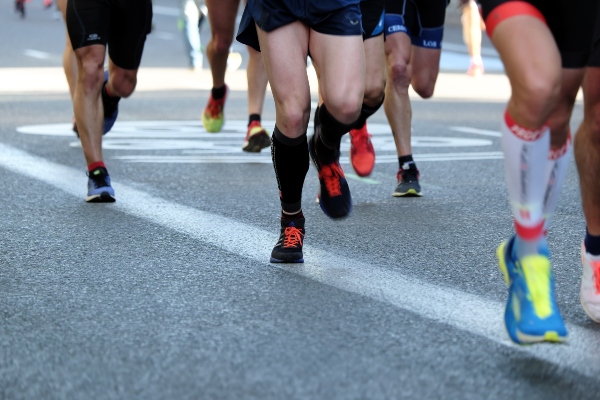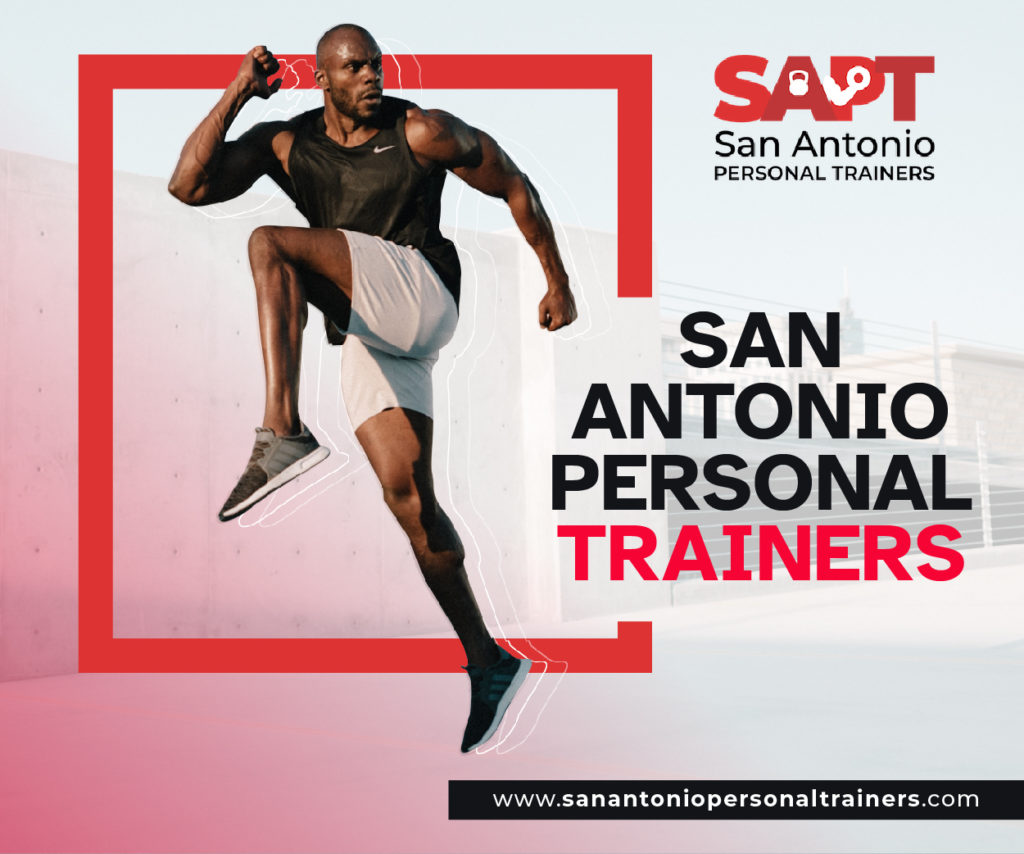One runner’s Boston Marathon qualifier story
By Paul Baltutis
Somewhere in the fine print on the Boston Athletic Association’s guidelines there are two lesser known rules involving qualifying for the Boston Marathon. Most runners are either unaware of them or are a little fuzzy about the details. Local runner Heather Sanders literally learned about them “on the fly” during her qualifying race, and as it turns out, not a moment too soon.
Heather Sanders of New Braunfels was a high school and college volleyball player and admits to running as little as possible during her team sports days. But after college and settling into life and a career, Sanders tried running to stay fit. After a while, she even found herself getting into it. When some co-workers found out she ran, they recruited her to participate in the Austin Marathon five-person relay. As each member completed around five or six miles, Sanders experienced the world of racing and long distance running. Curious of what running and racing longer would be like, she started increasing her training miles and her race distances.
In January 2004 she entered her longest race, the San Antonio Road Runners Endurathon 25K (15.5 miles). After she finished the race, Paul Frost, a local competitive runner and high school track coach in New Braunfels, congratulated her and remarked that her pace put her within striking distance of a Boston Marathon qualifier. Encouraged by Frost’s comments, Sanders entered the Austin Motorola marathon with the belief that the 3:40 standard for her age group was possible.
As Sanders lined up with the 3:40 pace group, she recognized that Bruce McConaghy, a running friend, was leading the pace group. She looked at this as a good sign. Meanwhile, during the pre-race chatter, Sanders overheard several runners talking about the nuances of the five-year Boston qualifying standards. She found out that because she was about ready to jump into a new age group (35-39) that she would have an extra five minutes to qualify. Sanders had yet another lucky star shining down upon her.
So Sanders begins her marathon run in Austin with a pace group, high hopes, and an extra five minutes she hadn’t known she had. Things were going well until after the 20-mile mark when Sanders’ pace began to falter. Sanders’ held with the 3:40 group as long as she could, but just couldn’t stay with them. “It’s OK. I just need to stay ahead of the 3:45 pace group now,” Sanders told herself. While she held pace for a while, the 3:45 group caught her with the finish line in sight. Sanders felt like she was in slow motion, and it was just slipping away. The 3:45 pace group finished just ahead of her, and her hopes for qualifying were pretty much dashed.
As Sanders settled into the finish line area, she felt like she missed a golden opportunity. As she wandered around and chatted with other runners, the second Boston Marathon qualifying idiosyncrasy invariably came up:
“Oh yeah, everyone gets an extra 59 seconds just as long as you don’t go into the next minute.”
Sanders’ hopes immediately rose yet again. Staring at her stopwatch, she could hardly believe her eyes because it read 3:45:59. She had made it with absolutely no time to spare. Sanders went from depression to elation, and checking the computer results confirmed it. She was in.
Runners who qualify for the Boston Marathon sometimes have to decide if they are really going to run in Boston. In Sanders’ case her decision was cut and dried. Sanders said, “How do you not go after an experience like that?” Sure enough, she went to Boston in April 2005 with no “second” thoughts.
Paul Baltutis is the manager of Soler’s Sports in Alamo Heights. He is a certified marathon coach with Team in Training. He can be contacted at sage_run03@yahoo.com.






